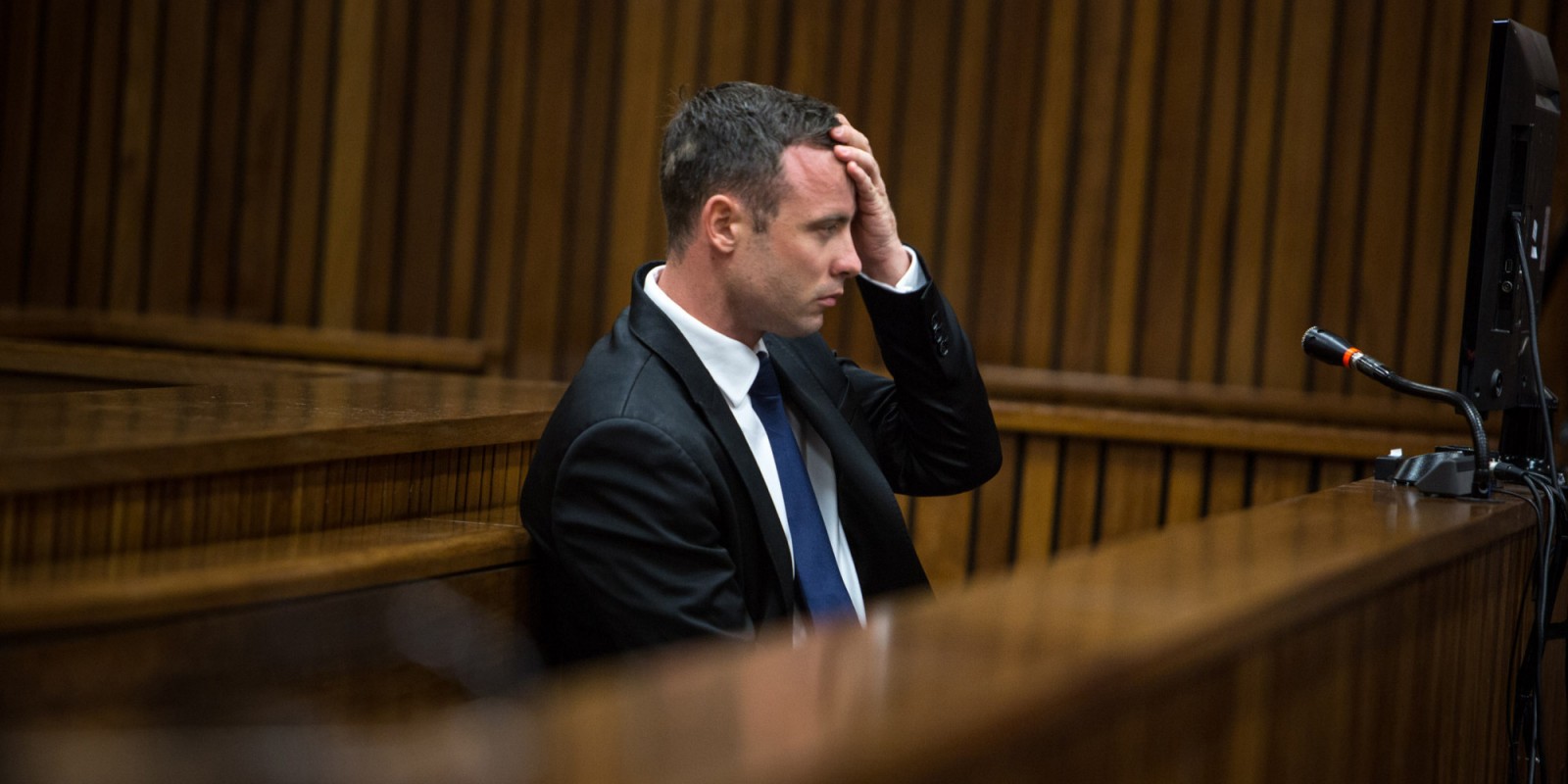Oscar Pistorius killed Reeva Steenkamp on Valentine’s Day last year. Of that, there is no doubt.
But was it murder?
One of South Africa’s toughest prosecutors, Gerrie Nel, fought for most of the month of March to prove it was.
Starting Monday, one of the country’s shrewdest defense lawyers, Barry Roux, will try to convince a judge that it wasn’t.
The verdict will hinge on two questions:
Did the Olympic sprinter know his girlfriend was behind the door in the bathroom of his house when he fired four hollow-point bullets through it in the middle of the night?
And if he did not — if he thought she was a burglar, as he insists — did he act as a reasonable person would have?
Critical testimony will come from the only living person who was in the house at the time, the “Blade Runner” himself.
Pistorius is likely to take the stand for the first time Tuesday or Wednesday to tell the story he has been telling for more than a year now.
He woke up in the middle of the night, went to his balcony to bring in a fan — or two fans, in his most recent version — heard his bathroom window opening, took his gun, went to the bathroom and fired through the door when he heard a noise in the toilet.
“It was pitch dark in the bedroom, and I thought Reeva was in bed,” he testified when he applied for bail in the days after the killing.
In that version of the story, Pistorius emphasized that he “felt a sense of terror” when he heard the noise, that he “felt extremely vulnerable” because he was not wearing his prosthetic legs, and that he “has been a victim of violence and of burglaries before.”
And, he said, “We were deeply in love and I could not be happier.”
If Judge Thokozile Matilda Masipa believes that story, Pistorius could be acquitted of murder. She could find him guilty of the lesser charge of culpable homicide — similar to what would be called manslaughter in the United States — or find him not guilty at all.
The defense is likely to rely on three types of experts to support Pistorius’ story:
Ballistics
Pistorius fired four shots. Three hit Steenkamp: one in the hip, one in the arm and one in the head. The shot to the head probably killed her almost instantly.
But when did that shot hit her? The prosecution says it hit her last. That means she would have been able to scream between shots — potentially giving Pistorius a moment to realize his mistake and stop shooting.
Roux rejected the prosecution’s order of shots in a heated exchange with police Capt. Christian Mangena, the prosecution ballistics expert.
Roux said the defense ballistics expert would show that the order of shots was different, and that Pistorius fired the four shots in two quick bursts — two “double taps.”
Mangena said it was “impossible” for the pattern of wounds on the body to be the result of two double taps, ultimately leaving Roux sighing dismissively and promising that his ballistics expert would explain.







